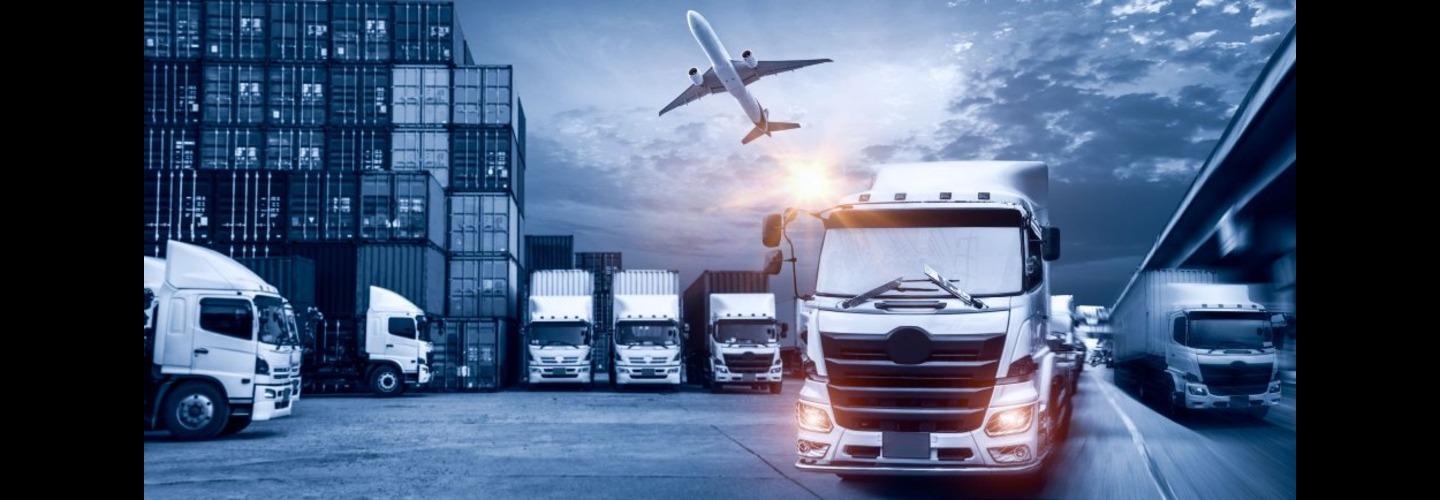Pakistan, a nation at the crossroads of South Asia, boasts a diverse and evolving transport system that reflects its rich history and dynamic growth. This article discusses the multifaceted transport system in Pakistan, examining its components, challenges, and advancements. Whether you’re a resident, visitor, or investor, understanding Pakistan’s transport system provides crucial insights into the country’s infrastructure and mobility trends. The best packers and movers in Karachi, Pakistan.
Overview of Transport System in Pakistan
Pakistan’s transport infrastructure plays a vital role in connecting its sprawling cities, remote areas, and neighboring countries. The system encompasses roadways, railways, airways, and waterways, each contributing to the nation’s economic and social framework.
1. Road Transport
Road transport is the backbone of Pakistan’s internal mobility. With a vast network stretching over 280,000 kilometers, roads are crucial for the movement of goods and people.
- National Highways and Motorways: The National Highway Authority (NHA) oversees a significant portion of this network, including the major motorways like the M1, M2, and M3, which facilitate efficient travel between key cities such as Islamabad, Lahore, and Karachi.
- Provincial Roads: Each province manages its network of provincial and district roads, which connect rural areas to urban centers.
- Public Transport: Buses, rickshaws, and taxis dominate the urban transport scene. BRT systems, like the one in Lahore, represent a shift towards more organized public transportation.
Challenges
Despite the extensive network, road transport faces issues such as traffic congestion, deteriorating road conditions, and safety concerns. Efforts are ongoing to address these through infrastructure upgrades and traffic management reforms.
2. Rail Transport
Railways in Pakistan offer a cost-effective mode of transport for both passengers and freight. Managed by Pakistan Railways, the system covers approximately 7,000 kilometers of track, linking major cities and industrial hubs.
- Passenger Services: Trains provide vital connectivity for millions of passengers. Major routes include the Karachi-Lahore line and the Rawalpindi-Karachi line.
- Freight Services: Rail transport is essential for bulk goods, especially for industries like textiles and agriculture.
Challenges
The railway system faces issues related to outdated infrastructure, punctuality problems, and financial deficits. Modernization projects are in progress to enhance efficiency and service quality.
3. Air Transport
Air travel is crucial for both domestic and international connectivity. Pakistan’s air transport sector is managed by the Civil Aviation Authority (CAA), which oversees the operation of several major airports.
- Major Airports: Key airports include Jinnah International Airport in Karachi, Allama Iqbal International Airport in Lahore, and Islamabad International Airport.
- Domestic Flights: Airlines like Pakistan International Airlines (PIA) and private carriers provide comprehensive domestic flight services, connecting major cities and remote areas.
Challenges
The aviation sector faces hurdles such as aging infrastructure, regulatory issues, and competition from private airlines. Efforts are being made to upgrade airport facilities and improve flight services.
4. Water Transport System in Pakistan
Water transport in Pakistan is less developed compared to other modes but holds potential, particularly in terms of freight transport.
- Ports: Karachi Port and Gwadar Port are the two principal seaports, handling a significant portion of the country’s trade.
- River Transport: The Indus River has been historically used for transportation, though its role in modern logistics is limited.
Challenges
The water transport sector needs improvements in port facilities and logistics infrastructure to fully harness its potential.
5. Emerging Trends and Developments
Recent years have seen several advancements aimed at modernizing Pakistan’s transport system:
- Metro Systems: Cities like Lahore and Karachi are investing in metro systems to alleviate urban congestion and offer efficient public transit options.
- Electric Vehicles (EVs): The government is promoting the use of electric vehicles to reduce pollution and dependence on fossil fuels.
- Digital Innovations: Smart traffic management systems and ride-sharing apps are gaining traction, offering more efficient and user-friendly transport solutions.
Challenges
Implementing these innovations requires significant investment, regulatory support, and public adoption.
Conclusion
Pakistan’s transport system is a dynamic and integral part of its national infrastructure. From its extensive road network to its evolving railways, airways, and waterways, the system is crucial for economic development and connectivity. While challenges such as infrastructure decay, regulatory hurdles, and financial constraints persist, ongoing efforts to modernize and innovate offer hope for a more efficient and sustainable transport future.
Understanding the complexities and advancements within Pakistan’s transport system not only provides insights into the nation’s current state but also highlights the opportunities and challenges that lie ahead. Whether for everyday commuting, long-distance travel, or strategic investment, a comprehensive grasp of this system is essential for navigating Pakistan’s evolving landscape.
As Pakistan continues to invest in and upgrade its transport infrastructure, the focus on sustainability, efficiency, and modernization will play a critical role in shaping the future of mobility in the country. The best house shifting services in Karachi.





